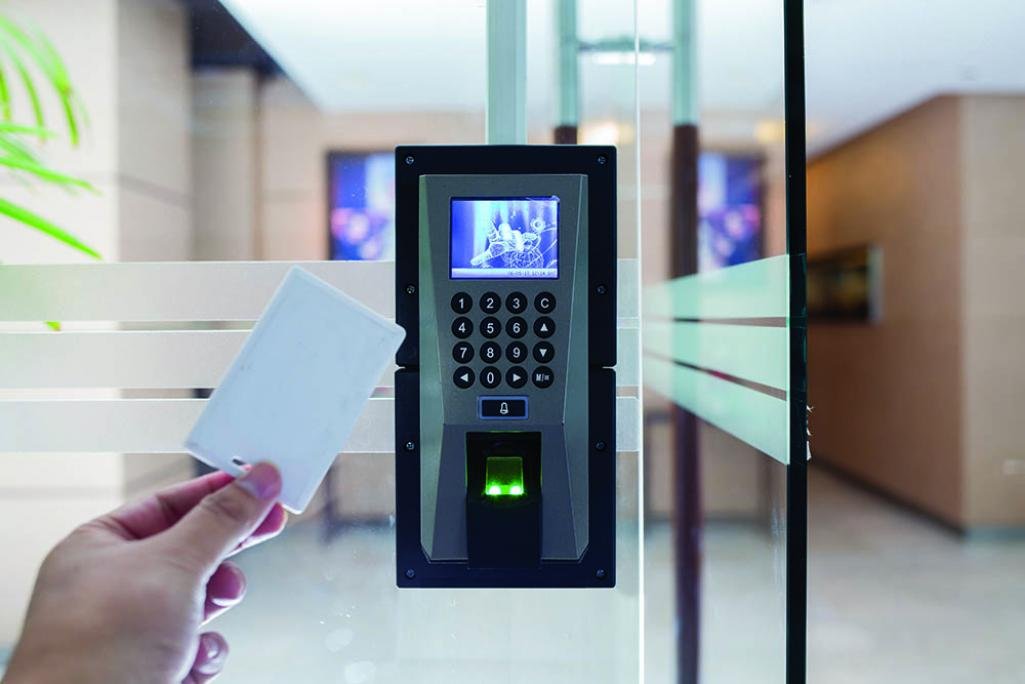With access control comes several benefits, some of which are having a building-wide system that is capable of protecting your employees, patrons, information, equipment and other assets, no questions asked. Before we jump into the various kinds of access control, let us tell you how they actually function.
How Access Control Functions:
- The access control readers give access to the building management based on your credentials. Things such as a key fob, key card, or biometrics like fingerprints are considered as established credentials.
- If you were unaware, then the door readers are connected to a network. Every person who needs access must have a code tied to their credential, and the system must recognize them.
- With the help of the software, you can keep a track on people who enter or exit the area and have the capability to send alerts to the supervisors, business owners, in case of any mishap.
Now let us talk about the three types of Access Control Systems
So to begin with, access control is used to identify an individual who does a specific job, then authenticate you, and then go ahead and provide you with the key to the door that requires the access. You can basically put them in three boxes: Discretionary Access Control (DAC), Mandatory Access Control (MAC), and Role-Based Access Control (RBAC).
1. Discretionary Access Control (DAC)
Discretionary Access Control is a kind of access control system that puts the business owner as the responsible one, who makes the decision regarding who will be allowed in a specific location, be it physically or digitally.
You will not face a lot of issues with DAC; it is considered as the least restrictive compared to other systems. It provides an individual with the complete control over objects you own, as well as the programs associated with those objects. One slight drawback is the fact that it gives the end-user complete control to go through the security level settings and set regulations for other users. Moreover, the permission given to the end-user is intervened with other programs they use, which might lead to malware being executed without you being aware of it.
- Mandatory Access Control (MAC)
It is one of the most commonly utilized access control in organizations which require an elevated emphasis on the confidentiality and classification of data (like the military institutions). They don’t give access to the permit owners to have a say regarding the entry and exit to a unit; instead, the only the owner and custodian have the management of the access controls. If you are using MAC, then it will usually classify all the end-users and provide them with labels which will give them access through security with some pre-decided security guidelines.
- Role-Based Access Control (RBAC)
It is also known as Rule-Based Access Control, and it is also the most in-demand when talking about access control systems. Not only is it in demand among households, but it is also considered extremely sought-after in the business world. If you have RBAC, then you must be aware that the access is assigned by the system administrator and is completely based on the subject’s role that they play in the household or the organization and the privileges are based on the limitations that are defined by your job responsibilities.
So rather than assigning an individual as the security manager, give it to someone else, as that person already has access control permission assigned to them. With this access control, it will make your life much easier rather than assigning multiple individuals particular access, what the system does here is assign access to specific job titles.
Moreover, if you integrate building automation with access control, then it will lead to a much more safer environment.



